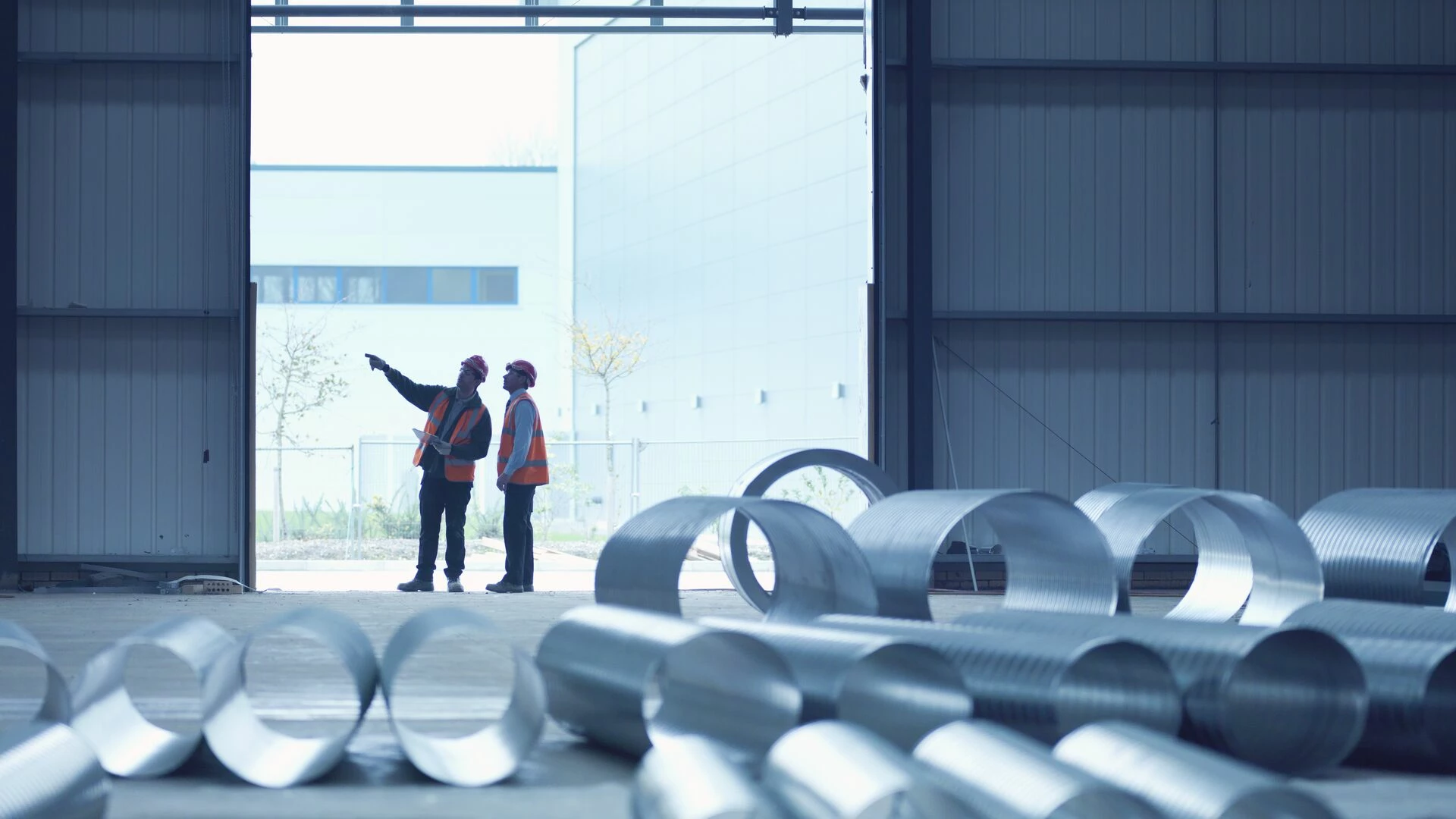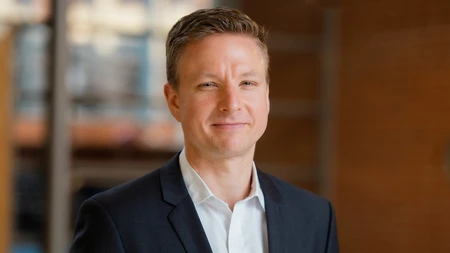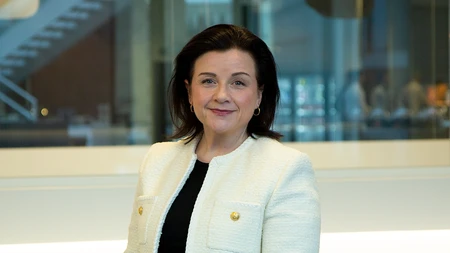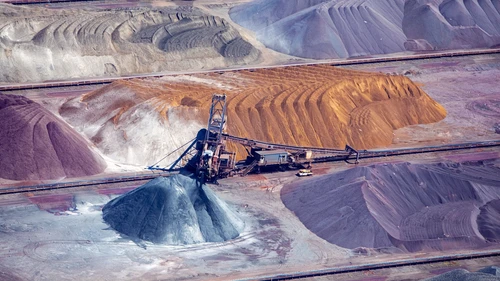Resilience: Adapting to physical climate and supply chain risks
The materials sector faces significant operational risks due to physical climate impacts. Extreme winds can damage electricity infrastructure critical to energy-intensive, low-carbon processing operations. Drought conditions can impede water-dependent material processing, while flooding can damage production and processing equipment and disrupt transportation.
Supply chain challenges are also prevalent. Virgin material restrictions and limited availability of feedstock can constrain production capacities and increase operational costs. China’s substantial overcapacity with newer, more efficient assets enables highly competitive pricing and large supply capability. This dynamic has led to a market situation characterised by trade risks, supply concentration towards China, and heightened geopolitical concerns.
However, these challenges also present opportunities for innovation, spurring the development of new materials that meet evolving market demands and ensure long-term supplies.
Forward-looking companies are mitigating these risks by implementing advanced monitoring systems to track supply flows and production volumes, and demonstrate circularity progress. They are also assessing trade dependencies to ensure supply chain resilience, while maintaining regulatory compliance across jurisdictions and seizing business opportunities.
At Nordea, we work with companies across the Nordics to finance transitions, from supporting large-scale electrification projects to enabling circular-economy partnerships. We look forward to supporting the sector’s next chapter by offering a range of solutions and products to our large as well as small- and medium-sized corporate customers.







